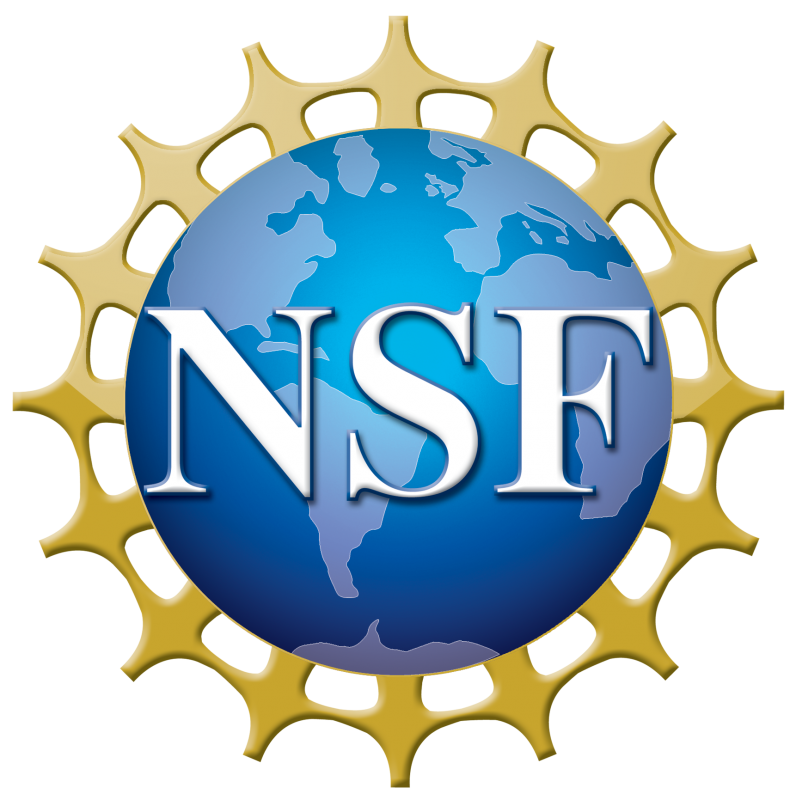This new collaboration will use topological data analysis to summarize morphological changes in order to understand the genetic basis of phenotype. Hang Lu has developed a series of microfluidic devices and automation tools that can consistently generate thousands of stacks of images of fluorescent markers in individual nematodes at diffraction-limited spatial resolution. Peter Bubenik has developed topological tools for summarizing the geometry of complex multiscale biological data and analyzing these summaries using statistics and machine learning. The Lu lab will generate large collections of images from C. elegans carrying morphological markers. The Bubenik group will apply their tools to analyze the data from the Lu lab.
Morphological information in biology has been crucial to understanding functions and mechanisms. Phenotypes based on morphological information should point us to genotypical and mechanistic understanding, but this is not the standard practice because of the lack of tools. The current approaches are often heuristics-based; they often focus on a small number of ``obvious'' traits. Topological Data Analysis (TDA) leverages ideas from algebraic topology to encode complex data and provides multiscale summaries of their shape. It is particularly effective in cases where the data has complex structure that traditional methods are unable to effectively model.


